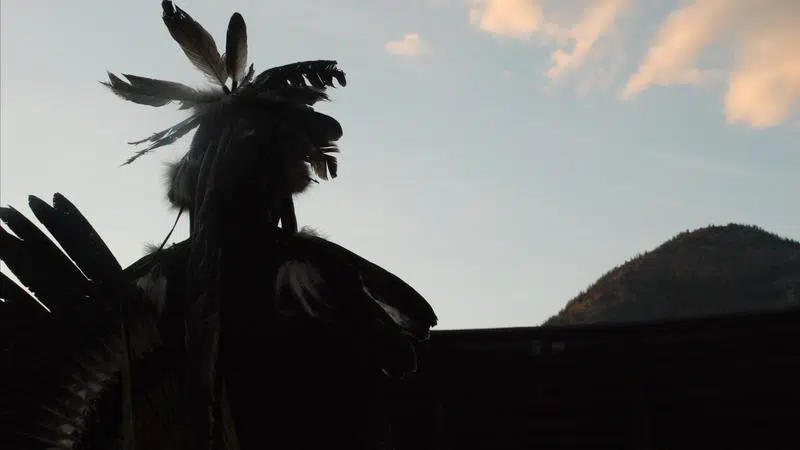
CHARBONNEAU: The pride, politics and tokenism of Indigenous land acknowledgements
WHILE SOME INDIGENOUS CANADIANS take pride in the acknowledgment that we live on their un-surrendered lands, others are not so sure.
The facts of our occupation are clear from both a legal and archaeological standpoint. The Supreme Court of Canada ruled that Indigenous land rights have not been extinguished in the Delgamuukw decision of 1997.
The discovery of human remains beneath a Kamloops street that predate European colonizers are further evidence of the first people who lived in the Thompson valley. Kamloops archaeologist Joanne Hammond says:
“The area along the river from Kamloops to Chase has been called the ‘cradle of Secwepemc culture’ –cultural traits that first appeared here are found through Secwepemcúl’ecw [Secwepemc territory]. Among B.C. cities, Kamloops is only second to Victoria in number of known archaeological sites within 10 kilometres of the city centre (Kamloops This Week, July 26, 2019).”


